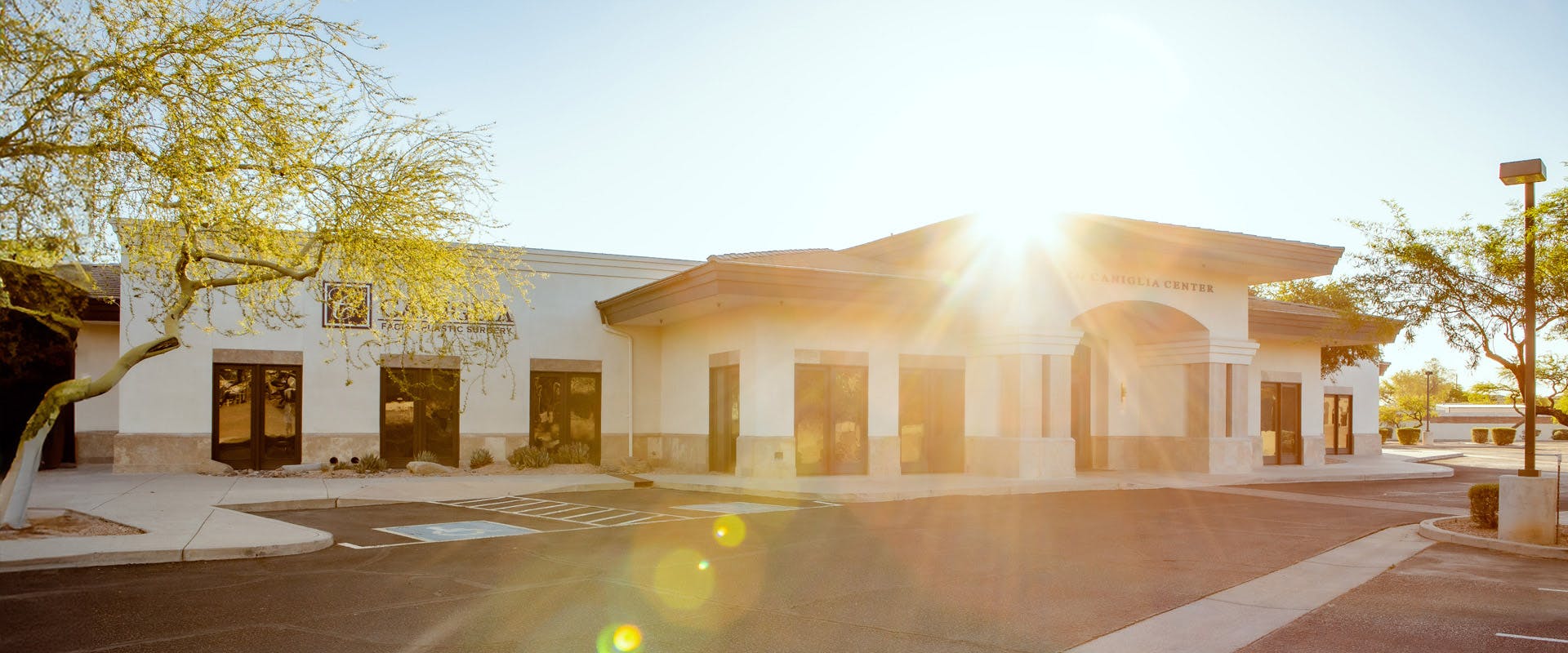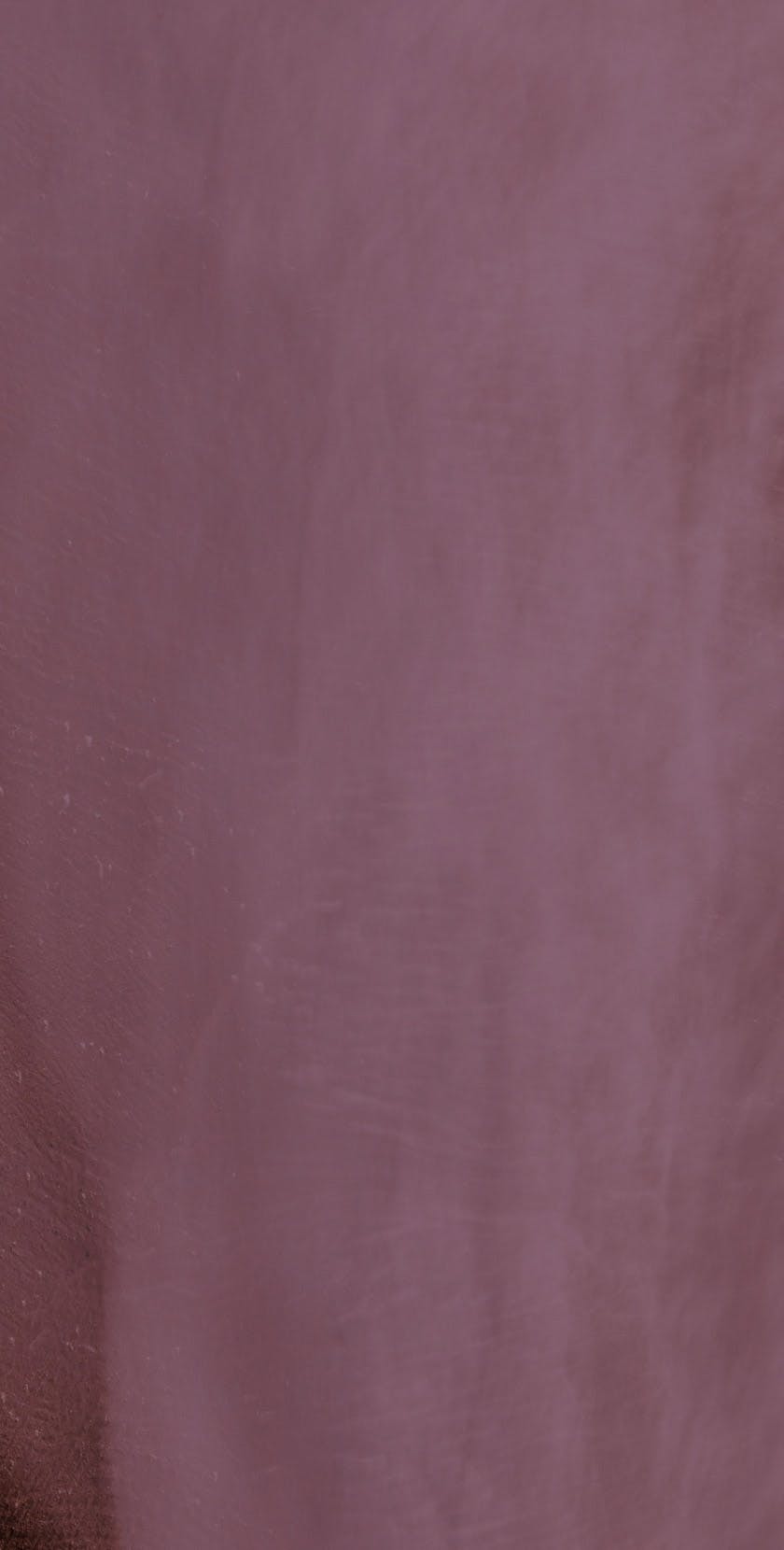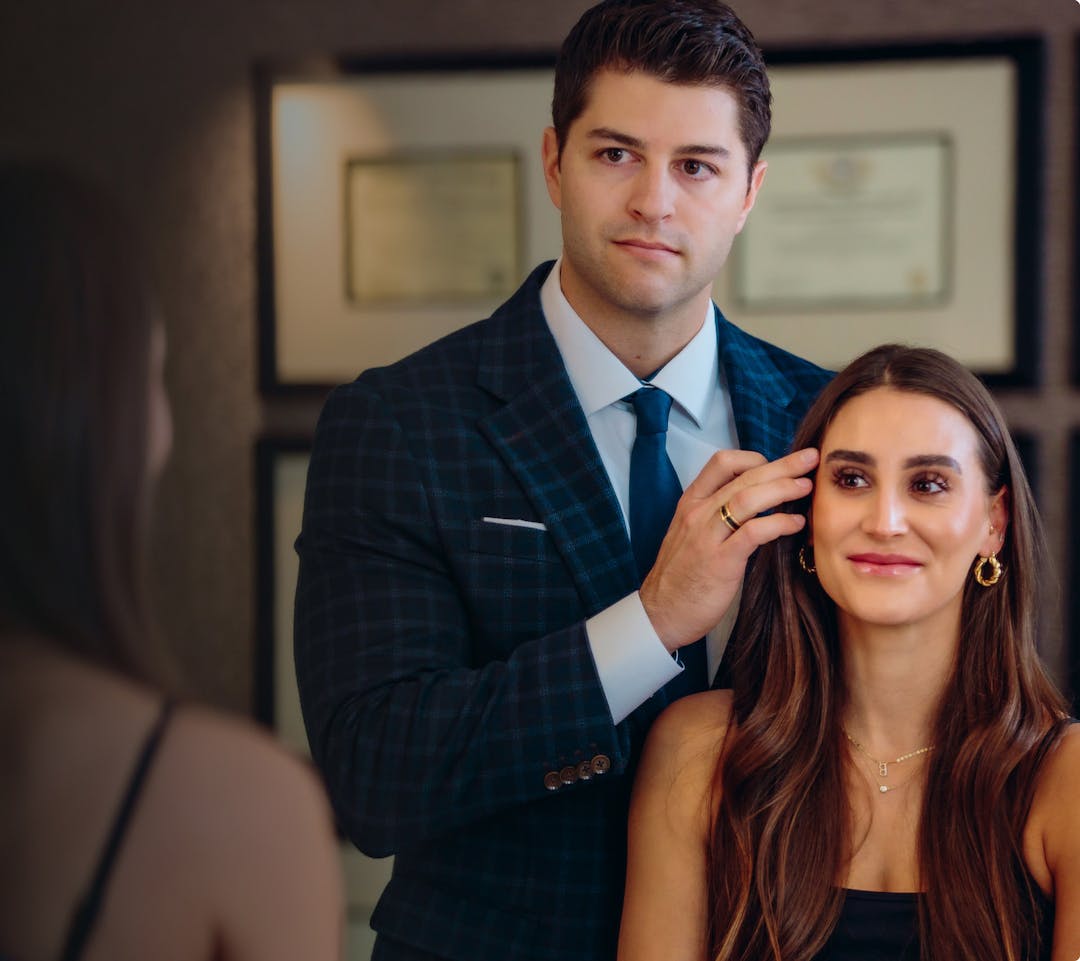Many people believe that nose jobs are only for younger people. It’s true that many people choose to have rhinoplasty (the medical term for a nose job) in their twenties or even their late teens, after the nose is done growing. If they’re not happy with the nose that nature gave them, many people want to address this in their younger years, so that they can feel more confident in their appearance.
However, younger people aren’t the only ones who may want to consider rhinoplasty. Older people can have rhinoplasty too. In fact, it can sometimes be seen as an anti-aging procedure. The appearance of the nose can change significantly as we age, and rhinoplasty can help to address these changes, creating a rejuvenated facial appearance.
What does aging do to the nose?
As people age, there’s a gradual loss of structural proteins like collagen in tissues throughout the body.
Most of the structure of the nose is made up of cartilage, which is a flexible but firm type of tissue. As collagen is lost, the cartilage of the nose begins to droop. The nose often looks longer, because the cartilage is unable to resist the effects of gravity and is pulled downwards. The tip of the nose may also sag, droop, or spread, as its cartilage loses its shape.
In addition, collagen is also being lost from the skin of the nose. This contributes to the shape changes of the nose, because the nasal skin is not able to keep the cartilage structures in place. As the nasal skin sags, this can also lead to a nose that looks droopy, saggy, or larger than it used to be.
Research has found that both the length and width of the nose increase with increasing age. Because the nose is the center of the face and is difficult to disguise with makeup or hair, changes in the appearance of the nose have a significant impact on a person’s overall appearance. While some people may not mind having a longer and wider nose as they grow older, other people are bothered by these changes and would like to reverse them.
Rhinoplasty for anti-aging
During a rhinoplasty, the cartilage structures of the nose are reshaped. This allows a plastic surgeon to rejuvenate the appearance to the nose. Sagging or drooping cartilage structures can be reshaped and lifted, bringing them back to their more youthful shape and position.
The incisions for a rhinoplasty may be inside the nostrils, where the scars will be completely invisible. Alternatively, they may be on the bottom of the nose. This option gives the surgeon the ability to reshape the cartilage structures much more precisely, which generally leads to a better result. The resulting scars are nearly invisible after healing.
For those who are also bothered by other signs of aging, such as “jowls” created by sagging tissue around the cheeks, a facelift can help to address these concerns. This can be performed at the same time as a rhinoplasty, creating an overall facial rejuvenation. In fact, when people come to him for a facelift, Dr. Caniglia sometimes recommends adding a rhinoplasty to the procedure as well. Addressing the nose along with other parts of the face can be important for getting the overall results that a person is looking for.
Expert Care for Timeless Results
If you’re bothered by what time and gravity are doing to your nose, then a rhinoplasty may be a good option for you to consider. Getting good results from a rhinoplasty requires an artistic eye along with many years of training and experience, and it takes a specialist facial plastic surgeon to do this well.
Dr. Caniglia has spent over 30 years as a facial plastic surgeon, and has thousands of hours of surgical experience. This rare level of experience allows him to get great results for his patients. To schedule your consultation with Dr. Caniglia, please contact our office.




